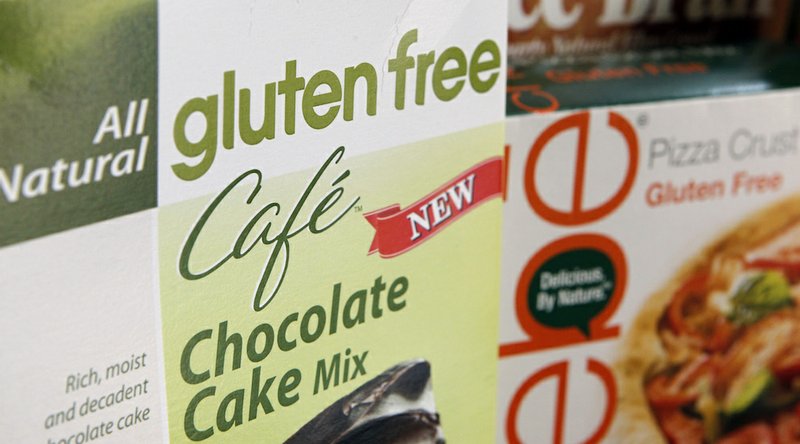WASHINGTON — Starting this week, "gluten-free" labels on packaged foods have real meaning. Until now, the term "gluten-free" had not been regulated, and manufacturers made their own decisions about what it means.
This new requirement is especially important for people who suffer from celiac disease and don't absorb nutrients well. They can get sick from the gluten found in wheat and other cereal grains.
Under a rule announced a year ago, food manufacturers had until Tuesday to ensure that anything labeled gluten-free contains less than 20 parts per million of gluten — ensuring that those products are technically free of wheat, rye and barley. That amount is generally recognized by the medical community to be low enough so that most people who have celiac disease won't get sick if they eat it.
Currently, wheat must be labeled on food packages but barley and rye are often hidden ingredients.
Celiac disease causes abdominal pain, bloating and diarrhea, and people who have it can suffer weight loss, fatigue, rashes and other long-term medical problems. Celiac is a diagnosed illness that is more severe than gluten sensitivity, which some people self-diagnose.
Read Wednesday's Arkansas Democrat-Gazette for more.
